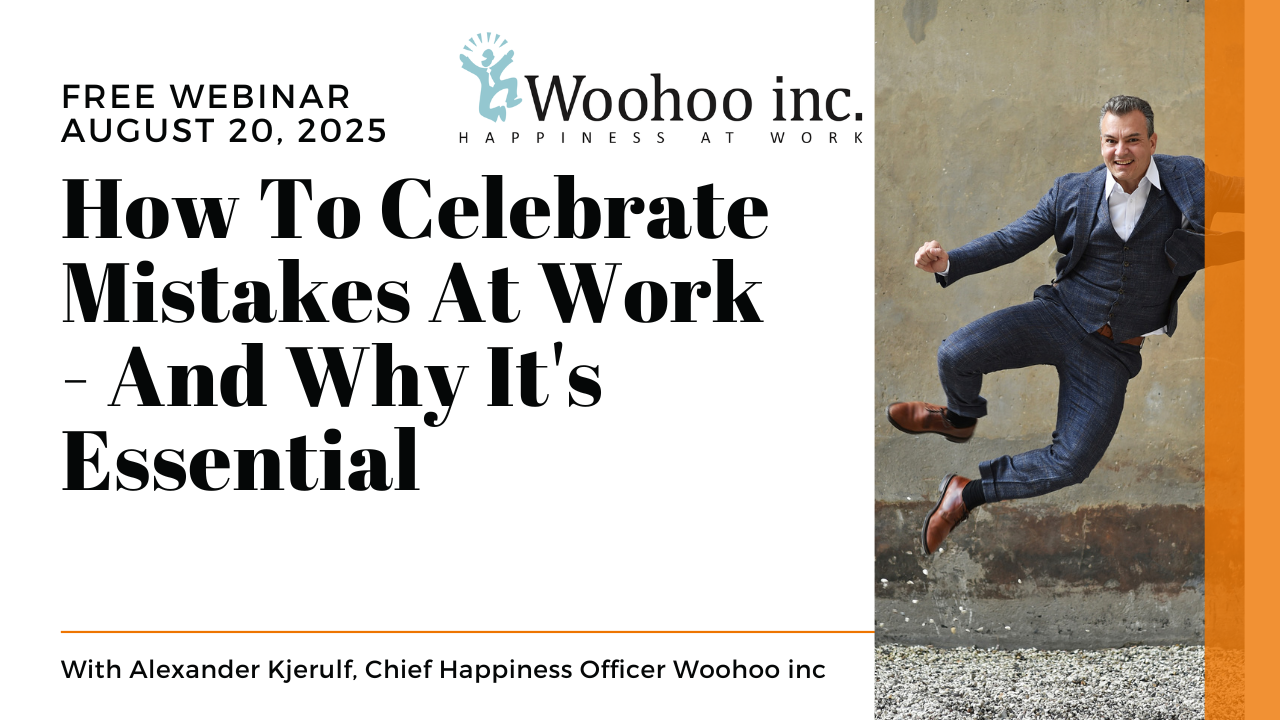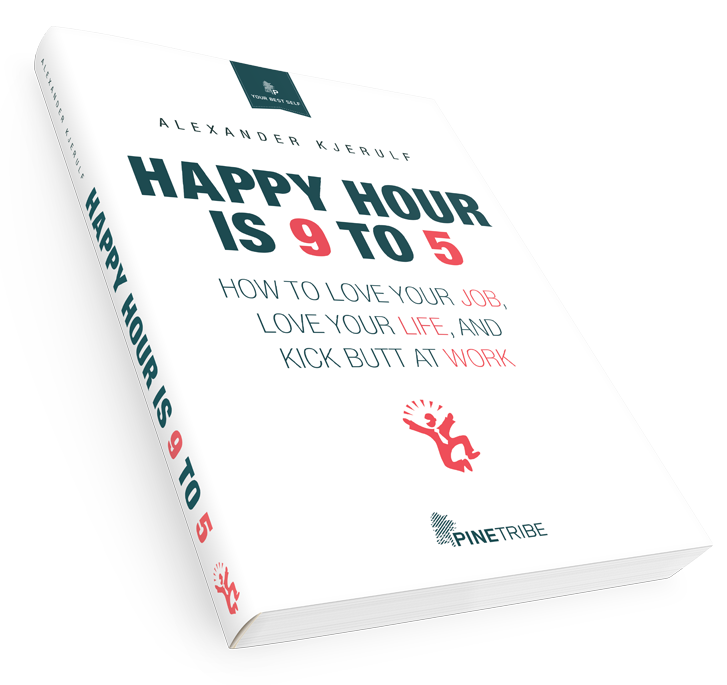
Last week we held the 3rd international Woohoo Academy. 21 people from 12 countries (including Malaysia, India, China and Canada) came to Copenhagen to learn all about happiness at work in our most intensive, in-depth, 3-day training.
It was a major hit – everyone loved it and everyone passed. Not only did we get to share everything we know about creating happier workplaces, the participants also got to share their best experiences and tips with each other and with such an experienced and varied group, that was incredibly valuable for both them and us.
Our next Academy is on October 18-21 in New York City. Read more and get your tickets here.
UPDATE: Our partner in Hong Kong wrote about his experience at the Academy here, saying:
Besides gaining in-depth and latest information on the subject, I have also learnt to pass on the knowledge and tools to professionals and leaders through short keynotes or full-day workshops.
It was one of the best training events, and included field trips, sightseeing and lots of fun and games.
Here are some of our favorite pics from 3 amazing days in Copenhagen.























